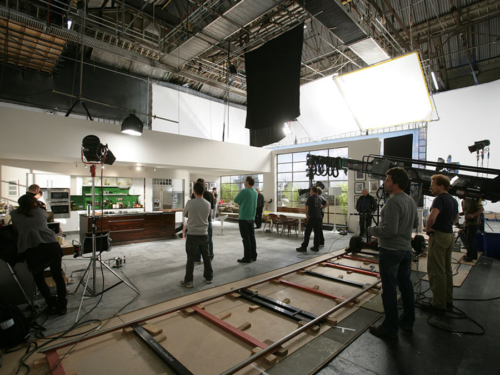Set construction is an essential element of any theatrical production, whether it is a residential area theater or a professional theater company. A well-designed set can captivate the audience and provide a reasonable backdrop for the actors to supply their performances. However, creating a set can be quite a daunting task, specifically for beginners. In this informative article, we will discuss the basic principles of set builders to help you get going and master the art of fabricating amazing sets.

Understand the script and the director's vision
The first step to creating a cohesive and effective set is to see the script carefully and understand the director's vision. Attempt to visualize the scenes and get an idea of the general mood and atmosphere of the production. Discuss with the director and the production team to get their input and ideas on the set design. When you have a definite picture, you can start building an agenda and a hard sketch of the set.
Develop a detailed plan and a budget
When you have a notion of the set design, produce a detailed plan which includes the materials, equipment, and manpower had a need to execute the design. Choose the size, shape, and structure of the set and develop a blueprint that gives a definite view of the set from different angles. You should also develop a budget that covers the cost of the materials, equipment, and labor. Be sure to stay within the budget to avoid overspending.
Choose the best materials
Selecting the best materials is crucial to creating a sturdy and visually appealing set. There are several materials commonly found in set construction, including wood, metal, fabric, and foam. Wood is the most used material for building sets and is easy to work with. Metal may be used for more technical sets that want lots of structure. Fabric and foam are used for soft props and upholstering. Pick the materials based on the needs of your set, the budget, and the option of the materials.
Build the set
Once you have an in depth plan and the right materials, it's time for you to start building the set. Start with the essential structure and build from there. Use the tools and equipment carefully and be sure to follow safety guidelines in order to avoid accidents. If you're not confident in your DIY skills, consider hiring an expert carpenter or a set constructor to help you with the project. Inspect the set regularly as you build to ensure it meets the safety standards and is visually appealing.
Add finishing touches
The final step in set construction is adding the finishing touches and details that bring the set to life. This includes painting, props, furniture, lighting, and other decorative elements. Ensure that you coordinate with the rest of the production team to ensure consistency and coherence in the design. Take pictures of the set from different angles once it's completed to obtain a better view of how it looks on stage.

Conclusion:
Set construction is a vital section of any theatrical production, and mastering the fundamentals can assist you to build amazing sets that captivate your audience. Always start by understanding the script and the vision of the director, create a detailed plan and budget, choose the right materials, build the set carefully, and add finishing touches that see it to life. With consideration, creativity, and effort, you are able to master the art of set construction and create sets that leave an enduring impression on the audience.
